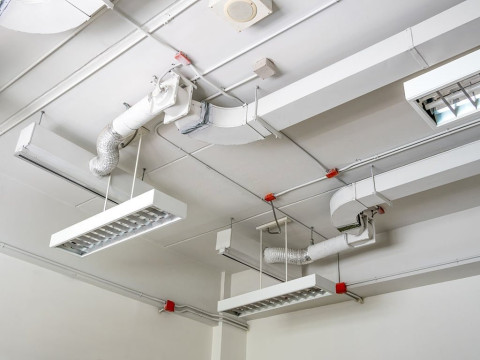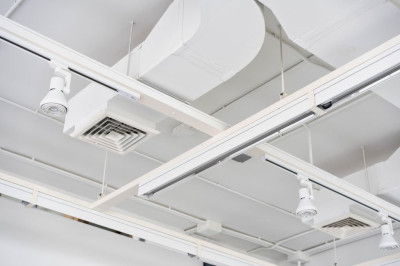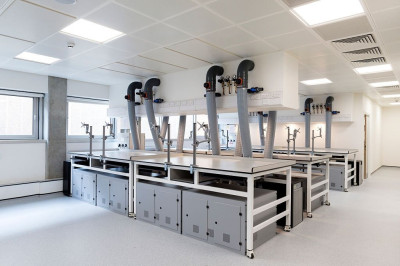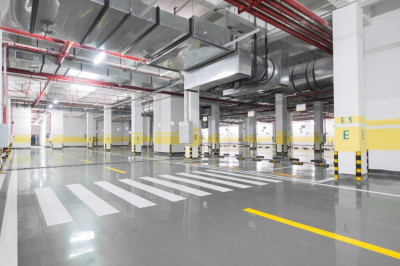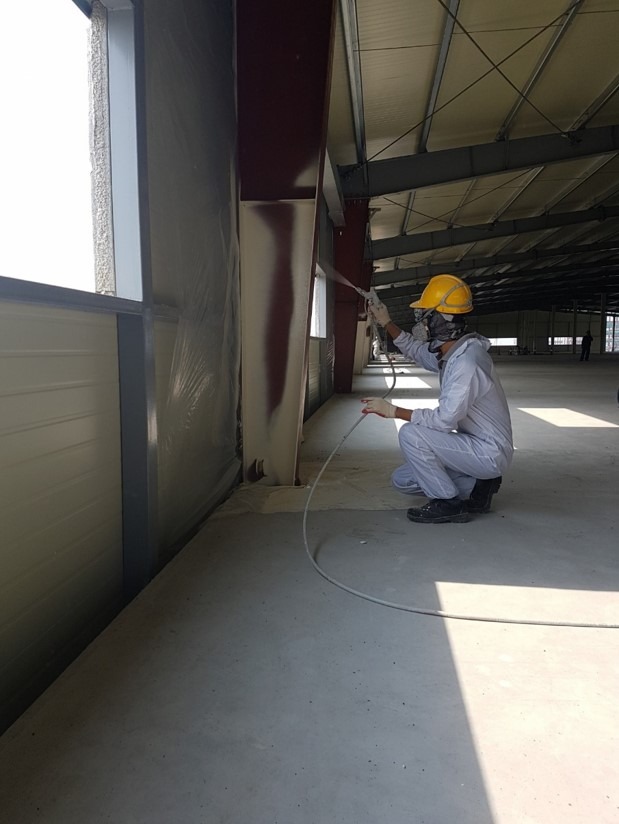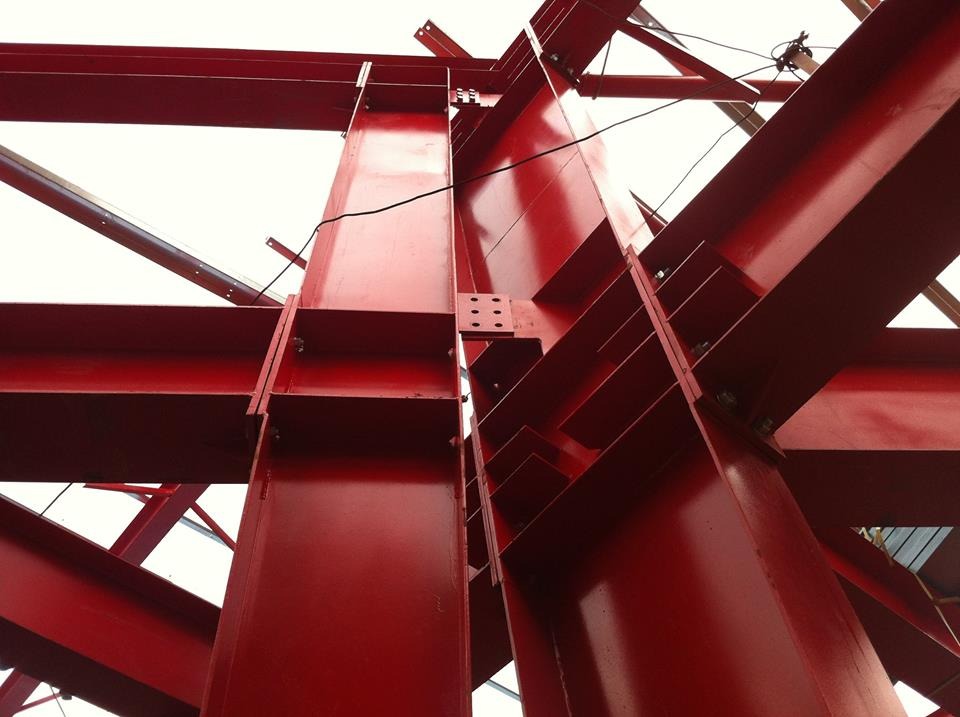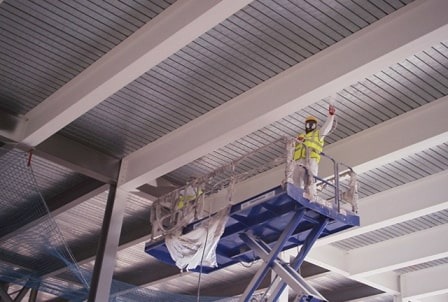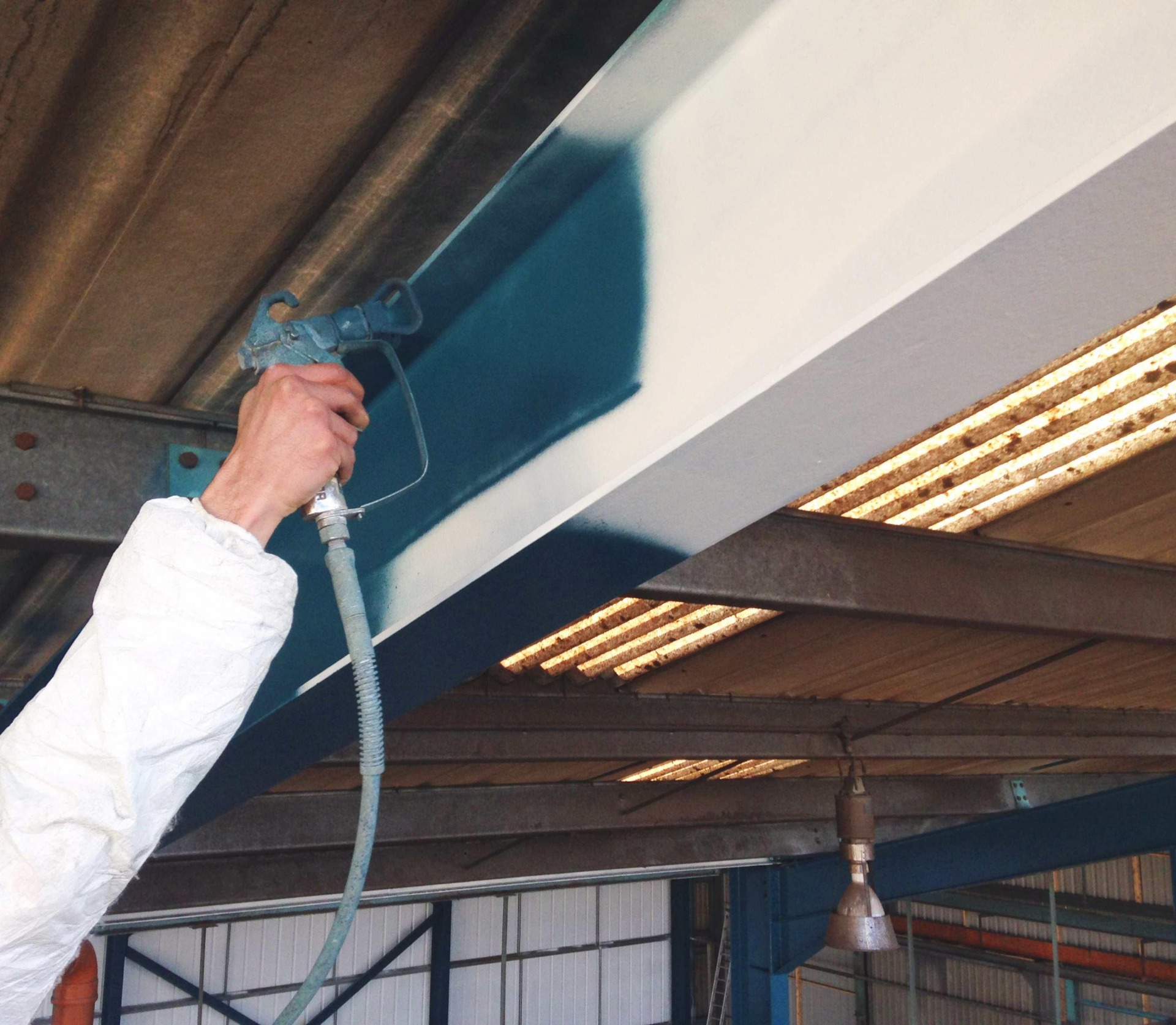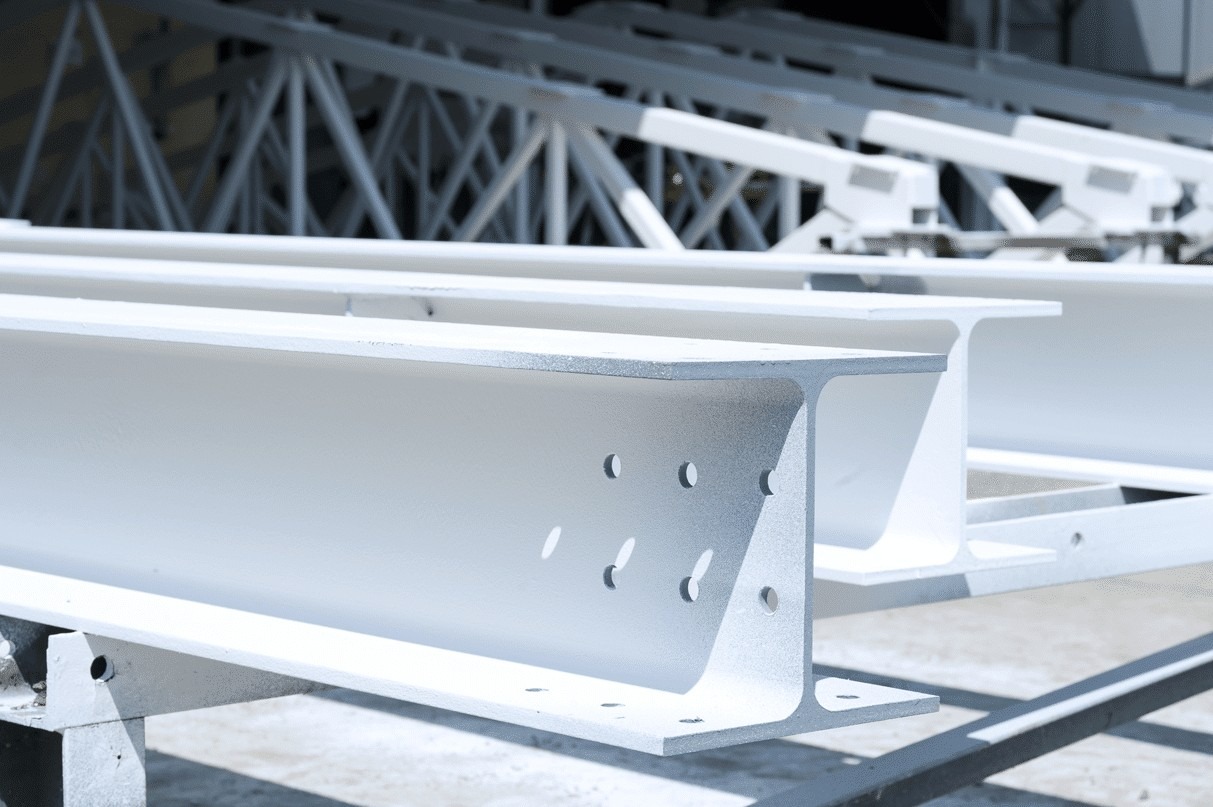Introduction
The fire-resistant air duct system helps circulate exhaust gases out of the building or factory and provides necessary fresh air to the entire building space. In addition, a ventilation system is installed to help control the temperature, add oxygen, remove odors, moisture, harmful bacteria, and CO2.
Currently, the fire-resistant air duct system for fire fighting and prevention is strictly regulated and managed by the Ministry of Construction. Therefore, inspecting and accepting the EI Fire-resistant air duct system at each project is a mandatory condition that every contractor needs to fulfill.
Products
Structure
Fireproof paint is composed of acrylic resin, polyphosphate compounds, pigments, and active ingredients. When exposed to fire, the paint reacts and creates a thick layer of insulation. The paint layer is highly sensitive to heat and helps create a thick protective shield, while also producing non-combustible gas particles such as CO2, H2O, and NH3, which lower the temperature of the flame and help protect the steel structure. This allows the structure to remain stable for a long time under high-temperature conditions. The products include primer and fireproof paint, and they are used for fire protection in factories, warehouses, schools, hospitals, and supermarkets with mainly iron and steel structures.
APPLICATION
Determining which ventilation system to use Fire-resistant air duct brings many benefits to the investor. Because it helps to save costs, it can also ensure that the ventilation system works well in the event of a fire. The following ventilation systems are deemed to require the use of an Ei fire-resistant duct for optimum benefit:



